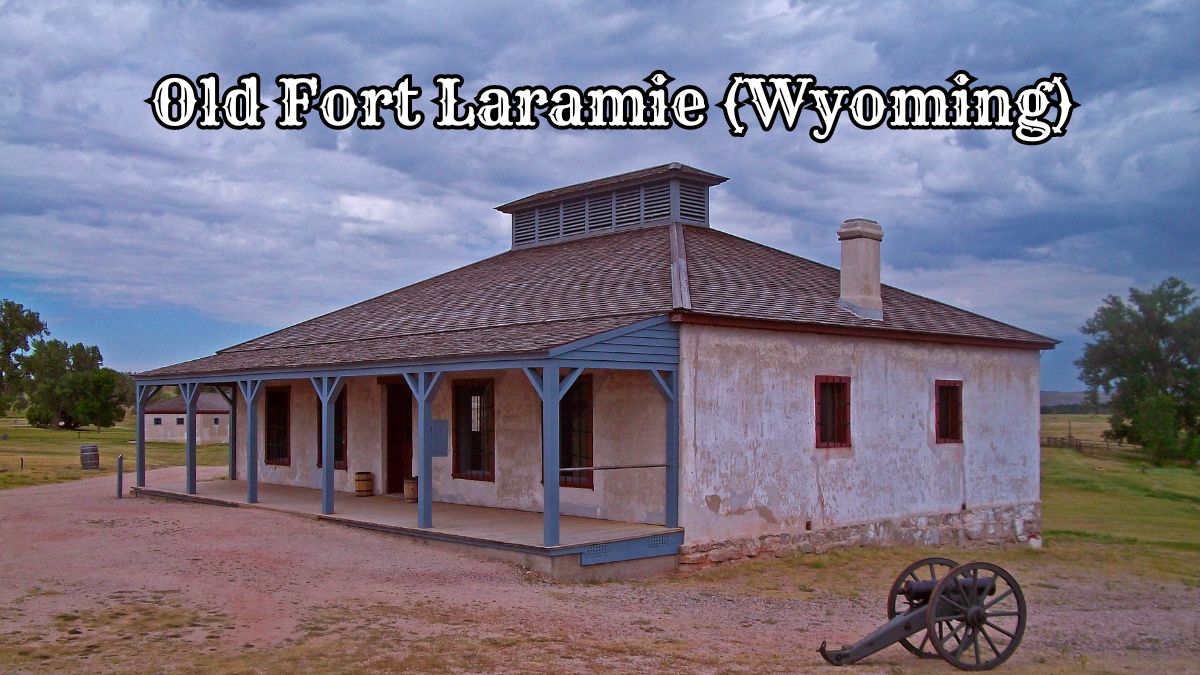Old Fort Laramie in Wyoming is a landmark steeped in the rich history of the American frontier. Established in the 1830s as a fur trading post, it soon became a crucial military installation and hub for westward expansion.
Strategically located at the confluence of the Laramie and North Platte rivers, Fort Laramie served as a vital resupply point for pioneers on the Oregon Trail.
It played a significant role in treaty negotiations with Native American tribes and became a center of commerce and diplomacy. This article explores this iconic frontier outpost’s profound historical, cultural, and geographical impact.
Historic Overview of Old Fort Laramie Wyoming
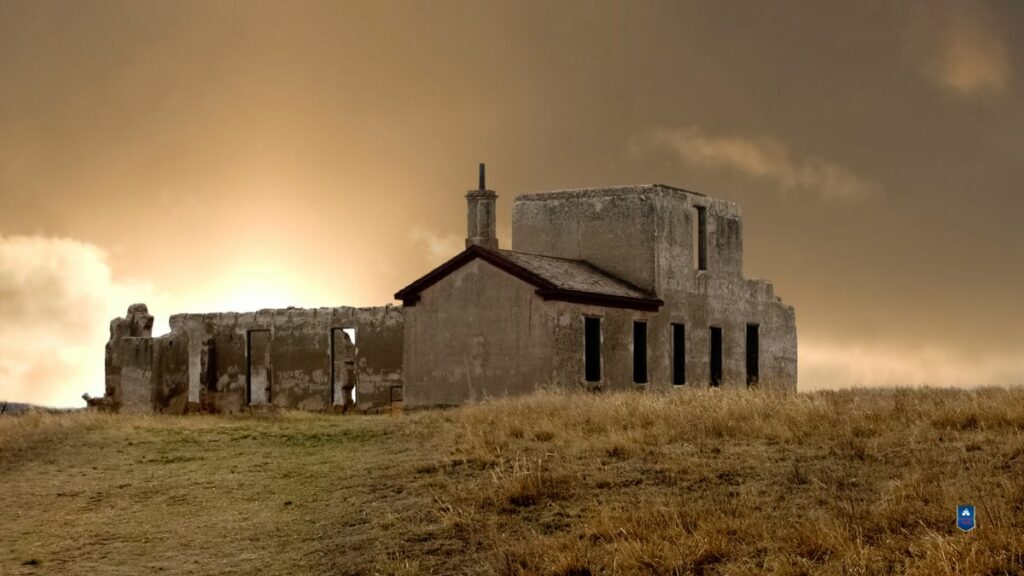
Fort Laramie played a fundamental role in the expansion of the American West, serving as a notable military post and hub of commercial and diplomatic activity that shaped the region’s development.
Military and Trading Post Beginnings
Named Fort William and later known as Fort John, the establishment began as a private fur trading fort in the 1830s.
Its strategic location at the confluence of the Laramie and North Platte rivers became a popular resupply point for traders.
In the 1840s, the U.S. Army purchased the fort, converting it into a significant military post to protect settlers and maintain order in the West.
Role in Western Expansion
The fort’s prominence grew alongside its support for the thousands who traveled the Oregon Trail. As a critical waystation, it provided goods and a sense of security for pioneers heading toward the Pacific Northwest.
The discovery of gold in California and later in the Black Hills further increased traffic, causing substantial growth in the region.
Treaties and Indian Relations
Fort Laramie was the site of important treaties. The First Treaty of Fort Laramie, signed in 1851, aimed to establish peace among Indian nations and set terms for the safe passage of settlers.
Later, as tensions and confrontations increased, another treaty in 1868 attempted to define territories for the Indians.
These treaties, often breached or renegotiated, were critical in the complex relationships between the U.S. government and the native peoples.
The fort became part of the Fort Laramie National Historic Site (NHS) and preserved its history.
This preservation allows it to endure as a solid account of the region’s past and as a focal point for understanding the transformative era of westward expansion.
Geographical Context
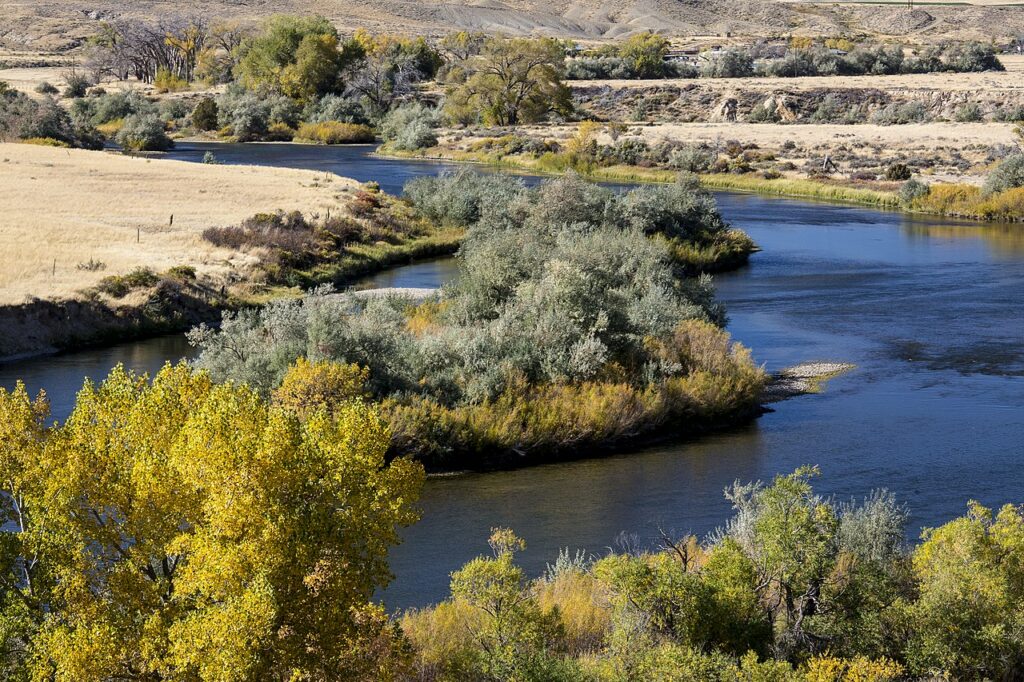
Old Fort Laramie in Wyoming is set in a region rich in historical significance and natural features. Its placement has been pivotal in American history’s westward expansion and migrations.
Location and Accessibility
Old Fort Laramie is in southeast Wyoming, near the confluence of the Laramie and North Platte rivers. It is easily accessible via U.S. Highway 26 and State Route 160.
The National Park Service manages the site, which provides educational resources and is open to the public for visitation.
Natural Surroundings
The fort is surrounded by the Northern and High Plains, markedly different from the nearby Black Hills.
This location near the rivers served as a crucial junction for those traveling the Oregon, Mormon, and California trails, providing them with resources and a reprieve from the terrain’s challenges.
Cultural Heritage
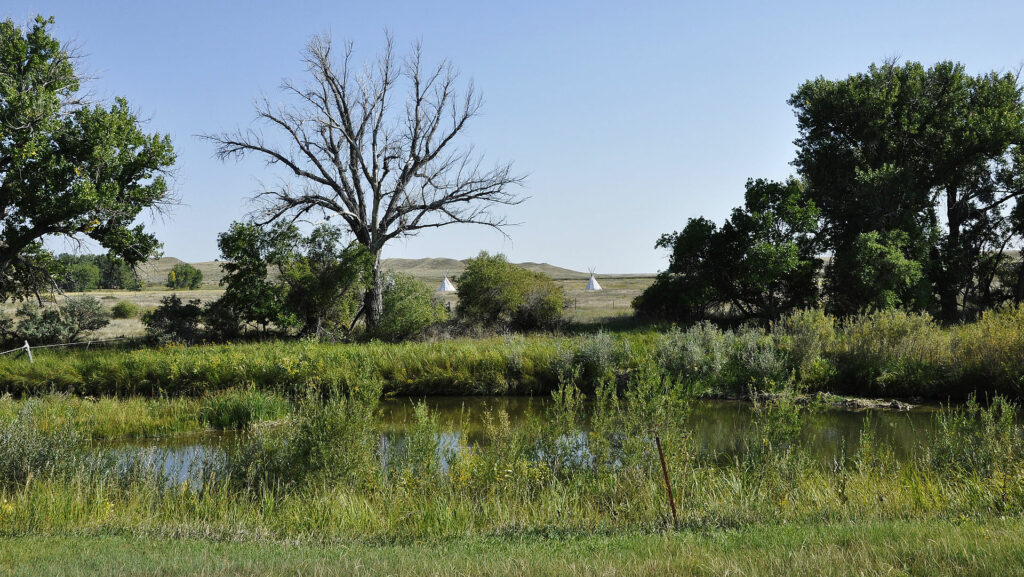
Old Fort Laramie in Wyoming is a historical crossroads of Native American and European settler cultures. These interactions laid the foundations for the region’s cultural heritage.
Native American Presence
Before European arrival, the area around Fort Laramie was a significant site for various Native American tribes, chiefly the Sioux, Cheyenne, and Arapaho. These tribes used this land for hunting, trading, and meeting.
The presence of these tribes made the region a center of Native American life and culture.
Early European Settlers
The arrival of European fur traders in the early 19th century marked a new chapter. Prominent figures such as Robert Campbell and John Sarpy established trading posts, like Fort Platte, bringing the trapper era to the region.
The fur trade became a lucrative industry, leading to the settlement of white settlers in the area.
The fort also witnessed tensions, as seen in periods of resistance by Native American tribes against the encroachment on their lands by the expanding United States.
Preservation Efforts
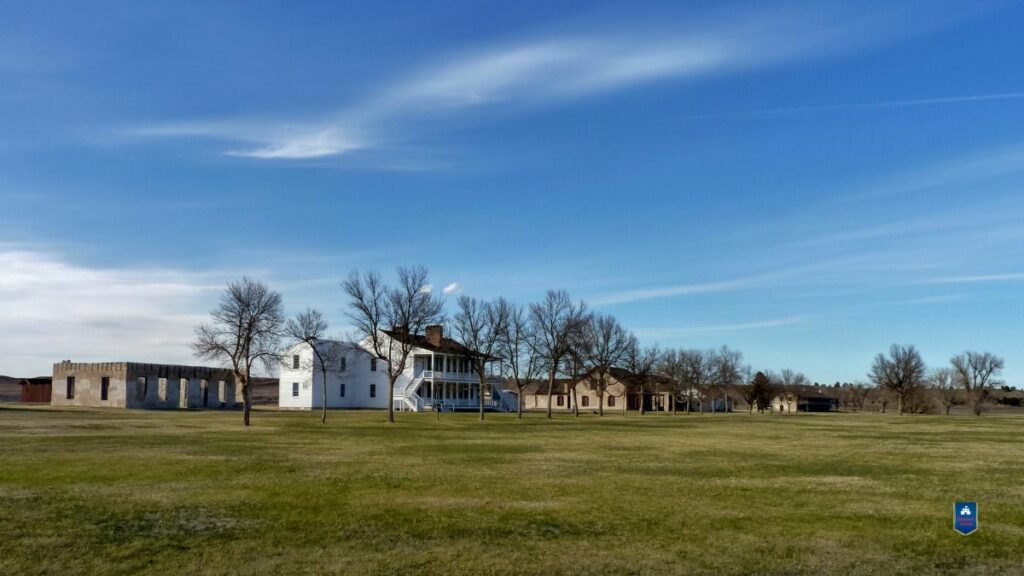
Preserving Old Fort Laramie is critical for maintaining its rich history and heritage. Preservation efforts include restoring historic buildings and innovative programs for visitor engagement and education.
Restoration of Historic Buildings
The National Park Service (NPS) has taken various steps to restore and maintain Fort Laramie’s historic buildings.
Buildings such as Old Bedlam—the oldest standing structure in Wyoming—and the officers’ quarters have been carefully preserved. Restoration efforts focus on maintaining their historical accuracy:
- Structural Stability: Ensuring the standing structures remain safe and intact.
- Authentic Reconstruction: Using historical evidence to maintain the original appearance.
Visitor Engagement and Education
At the Fort Laramie National Historic Site, efforts to involve visitors play a significant role in preservation.
The park entrance welcomes visitors to explore the park grounds and learn about the original Fort Laramie and its importance:
- Educational Programs: Workshops and tours that highlight the unique historic place preserves.
- Visitor Center Exhibits: Displays and activities convey the fort’s historical significance.
Interactive learning opportunities help solidify the fort’s presence in public memory and encourage appreciation for its preservation efforts.
Modern-Day Attractions
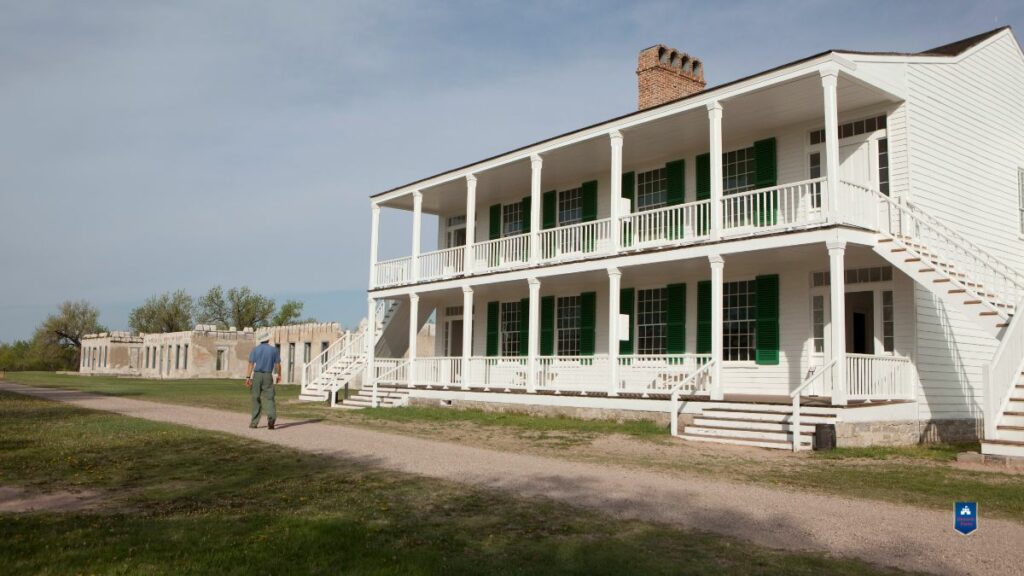
Visitors to Old Fort Laramie can enjoy a range of activities designed to enhance their experience of this historic site.
Facilities for Visitors
Visitor Center: Here, guests can start their visit with a 30-minute film providing background on the fort’s history. Audio tours that guide visitors through the fort’s past are also available.
Lodging Options: Various lodging options are available nearby for those wishing to extend their stay.
Picnic Area: There are designated areas for visitors to have a picnic and enjoy the scenic surroundings.
Recreational Opportunities
Array of Activities: Guests can partake in self-guided tours, engage with informative displays, or converse with knowledgeable staff members who are available for questions.
Best Time to Visit: While the site is open year-round, the summer months offer more interpretive programs, making it the best time to visit for a comprehensive experience.
Quick Stops: The site offers numerous points that offer quick insights into the fort’s significance and history for visitors with limited time.
Explore More: 15 Historic Forts in Wyoming
Fort Laramie in Modern Culture
Fort Laramie remains a beacon of Western history and an iconic location for those looking to discover the Old West.
It continues to influence modern culture through various forms of media and annual celebrations that reflect America’s past.
Fort Laramie in Literature and Media
Fort Laramie is a significant figure in literature and media, often featured as a key setting in narratives about the historic West.
It appears in various novels, documentaries, and films, and its role in the development of America is detailed.
The fort is a focal point for stories that depict the entire sweep of American history, from the days of fur trading and Native American relations to its pivotal position during the migration and settlement of western territories.
It has served as a backdrop for numerous fictional and non-fictional works that aim to present a comprehensive view of pioneer life and the evolution of the United States.
- Books: Novels such as “The Berrybender Narratives” by Larry McMurtry.
- Television: Featured in historical documentaries on networks like the History Channel.
- Films: Portrayed in Western genre movies, highlighting the period’s challenges and triumphs.
Annual Events and Commemorations
Each year, Fort Laramie hosts events and commemorations that attract visitors interested in the site’s rich history.
These events are particularly vibrant during the summer months when reenactors and historians gather to bring the fort’s past to life.
- Living History Demonstrations: Recreations of military life featuring period costumes and drills.
- Historical Lectures: Talks by experts shed light on the fort’s role in America’s expansion.
- Cultural Celebrations: Events honoring the area’s Native American heritage and the fort’s significance in US history.
Visitors’ Guide:
- Best Time to Visit: Summer for the full schedule of events.
- Notable Event: The Fort Laramie National Historic Site Independence Day Celebration.

Cory is a website owner and content creator who enjoys fishing, history, coin collecting, and sports, among other hobbies. He is a husband and father of four.
Romans 15:4 For whatever was written in former days was written for our instruction, that through endurance and through the encouragement of the Scriptures we might have hope.

